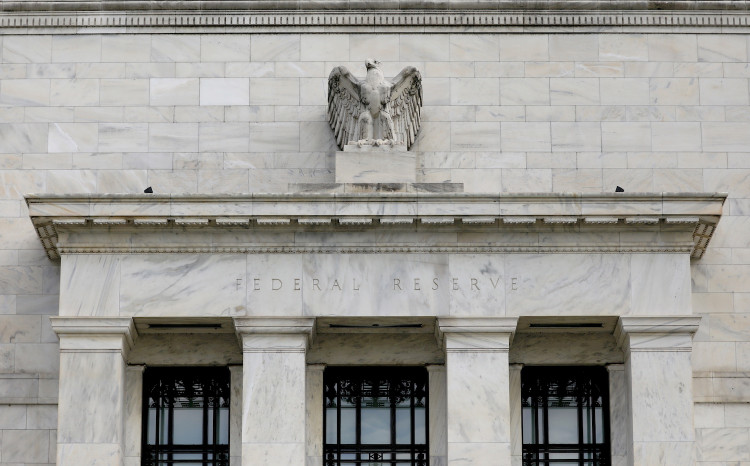Bank of England Governor Andrew Bailey hinted that the financial markets' anticipation of future rate cuts might align with the central bank's own outlook. Despite refraining from a firm commitment to a specific timeline, Bailey's remarks to CNBC suggested an openness to adjusting monetary policy in response to evolving economic conditions. "I'm not going to give a view on how many cuts there'll be and when they will be. But I think that view that the market is taking is not one I object to," Bailey stated, reflecting a cautious yet adaptable approach to the UK's monetary policy.
This sentiment comes in the wake of the Bank of England's decision to maintain interest rates at 5.25%, a move that followed a period of aggressive rate hikes aimed at curbing inflation. The decision, which saw a 6-3 split among the Monetary Policy Committee members, underscored the nuanced debates surrounding the UK's economic trajectory and the central bank's strategy to navigate inflationary pressures and growth concerns.
Investors have since adjusted their expectations, pricing in up to four rate cuts by year-end, anticipating a decrease in rates to 4.25%. This market response is grounded in recent data indicating a potential easing of inflation, with the UK's headline inflation rate making an unexpected uptick to 4% in December, primarily driven by rising alcohol and tobacco prices.
Governor Bailey's commentary suggests a strategic pivot from a period of tightening to a more balanced consideration of rate adjustments, as inflation trends downward toward the Bank's 2% target. "We've moved importantly on from a debate which was around how tight does policy need to be, how high do rates need to be, to how long do we need to retain this stance to achieve sustained inflation," he elucidated.
This shift in focus is particularly relevant given the UK's economic landscape, marked by sluggish growth and the looming threat of a technical recession. The International Monetary Fund's recent forecast pegs the UK's economic growth at just 0.6% this year, positioning it among the lower echelons of the G7 economies.
As Bailey prepares to navigate these challenging waters, the central bank's communication strategy will be crucial. With a press conference slated to follow the rate decision, Bailey has an opportunity to further clarify the Bank's policy outlook, potentially signaling a more accommodative stance in the face of weak growth and the intricate dance of inflationary dynamics.
The Bank of England's deliberations occur against a backdrop of global central banks grappling with similar dilemmas, balancing the need to support economic growth while ensuring inflation is kept in check. The Federal Reserve's recent indication of potential rate cuts, contingent on a sustainable move towards the 2% inflation target, mirrors the complex calculus central banks worldwide are undertaking.
As the Bank of England charts its course through these uncertain economic waters, the interplay between policy signals, market expectations, and actual economic outcomes will be pivotal in shaping the UK's monetary policy landscape and its broader economic recovery trajectory.






